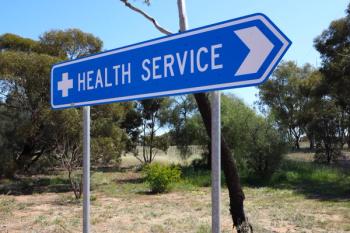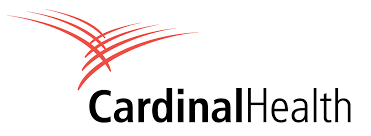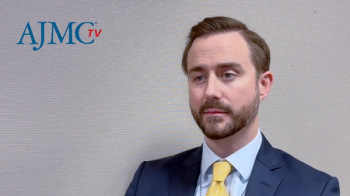
Embedding Remote Pharmacy Services, Drug Cost Control Software Into Patient Care

Mike Brown, vice president of managed services at Cardinal Health, discusses how Cardinal Health has worked to integrate key digital health solutions among hospitals across the United States.
Despite many challenges faced by pharmacies, such as the need to expand services and adhere to new regulatory requirements, financial complexities make it difficult to increase staff and resources. To address this, Cardinal Health has worked with embedded employees to develop innovate digital health strategies.
The digital health technologies implemented by Cardinal Health aim to make hospital pharmacists more efficient and allow them to prioritize patient care, says Mike Brown, vice president of managed services at Cardinal Health.
This transcript has been edited for clarity.
Transcript
With the increasing importance of technology in health care, how does Cardinal Health balance the use of technology, such as remote pharmacy models and proprietary software, with maintaining a personalized and patient-centered approach to care?
I think I want to answer that with a little bit of context, if I can. Our products and services are in 700-plus hospitals around the United States; about a third of those, we actually manage those pharmacies. So, we have Cardinal employees embedded in the hospital, who does the day-to-day activity from the director of pharmacy all the way down to the technicians that are serving the patients in those facilities.
About 1700 physicians worked for us in our clients facilities. Because of that, we really feel we have a first-hand knowledge about pharmacy and what's going on with pharmacy. We understand the challenges that they're seeing today. We know that they're continuing to expand services, they're requiring the pharmacy to expand services, the complexity in pharmacy is is growing, whether that's through the new drugs that are coming out of the market, or the new requirements through USP [The United States Pharmacopeia].
However, the financial demands are are increasing as well and it's unlikely that we're going to get to add to our staff or add resources, so we need to be smarter. That's where we work with our embedded employees to really come up with ideas about new technology that could help them with their day-to-day duties. A couple of examples of that we're going to talk about today is our remote pharmacy service. We really pioneered that model in a marketplace and it's extremely been beneficial to workflow efficiencies. It's also helped out with the quality that the pharmacy is providing to its patients. It's also given a tracking model, so they have a better idea of when their peak peak hours are, what kind of orders they're seeing, etc. So, it's been a very successful software that we service that we've been offering to our customers.
The other one is our drug costs solution technology. This has brought a lot of efficiencies into the clinical programs that these pharmacies are trying to implement within the facilities that have the ability to just really make the clinicians more efficient. Another highlight of that technology is it also sustains any progress they're putting out to make sure it's maintaining and it's keeping up to date.
Both of them are very much about making our clinicians efficient, so they can work at the top of their license and really focus on patient care. That just kind of concludes your question. These technologies are built by our embedding clinicians. I mean, we have obvious IT teams working with them, but they're telling them what to build, and they use it every day. So it has a focus on patient safety and how we interact with our patients and and other health care professionals within the facility.
Newsletter
Stay ahead of policy, cost, and value—subscribe to AJMC for expert insights at the intersection of clinical care and health economics.













































